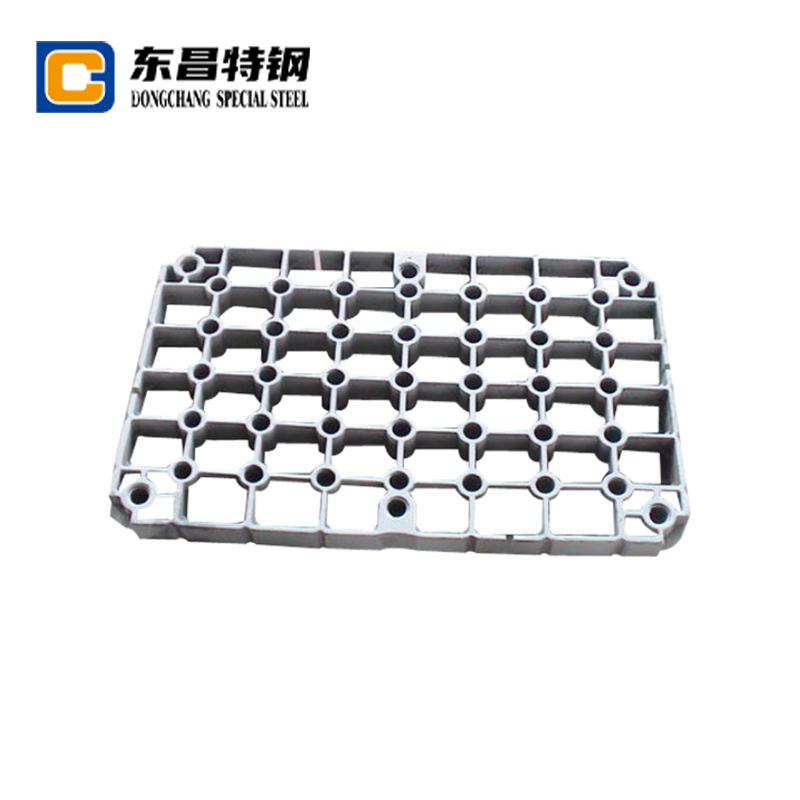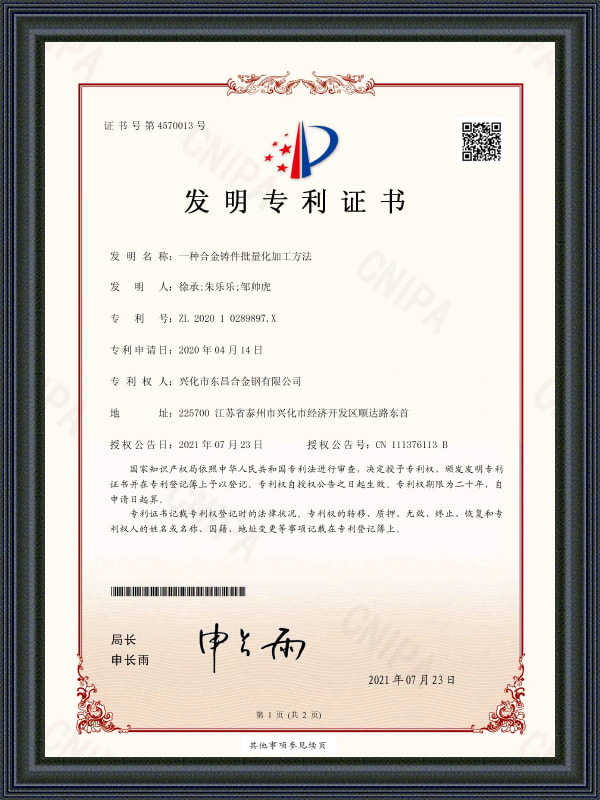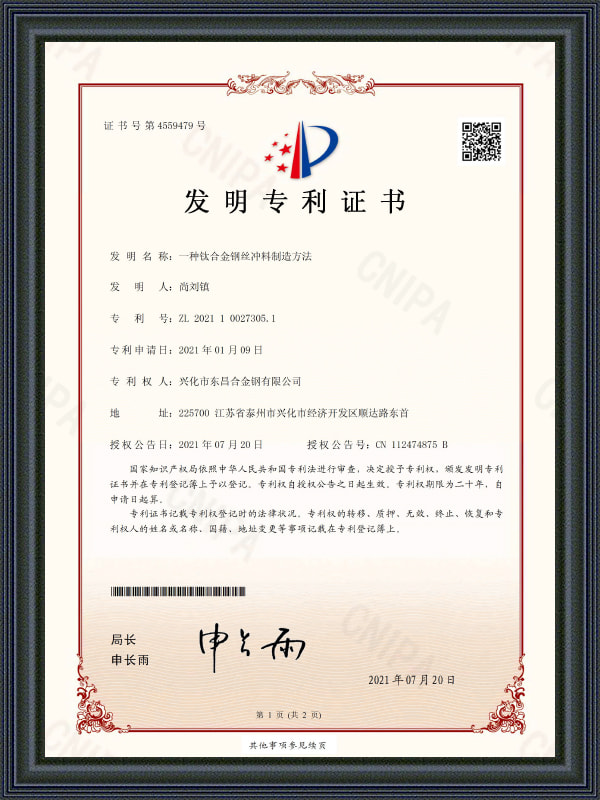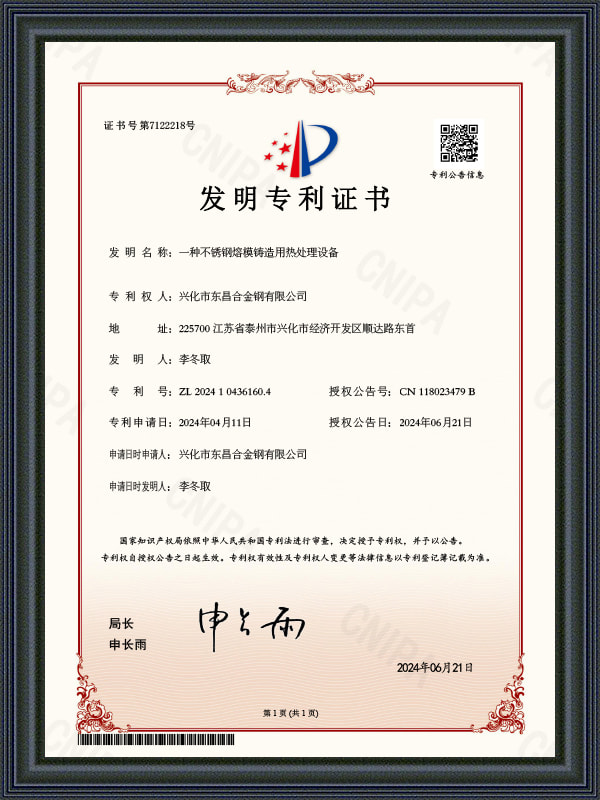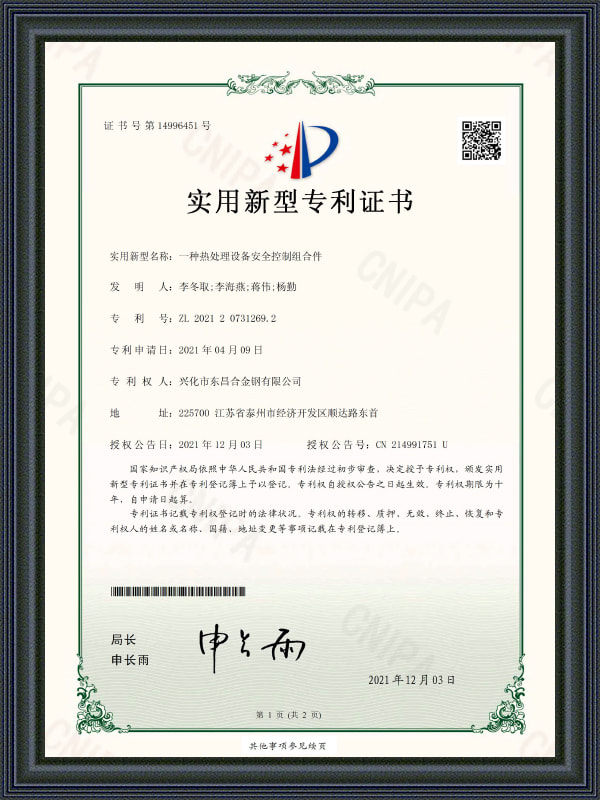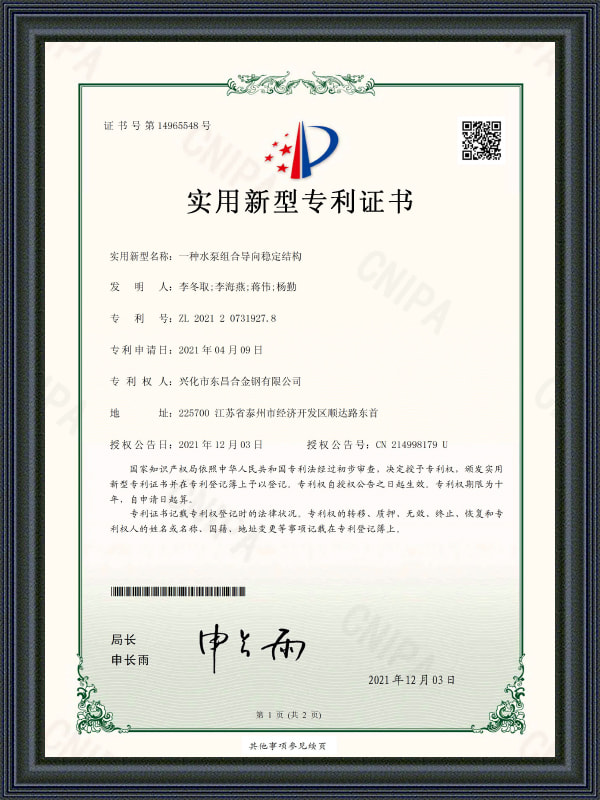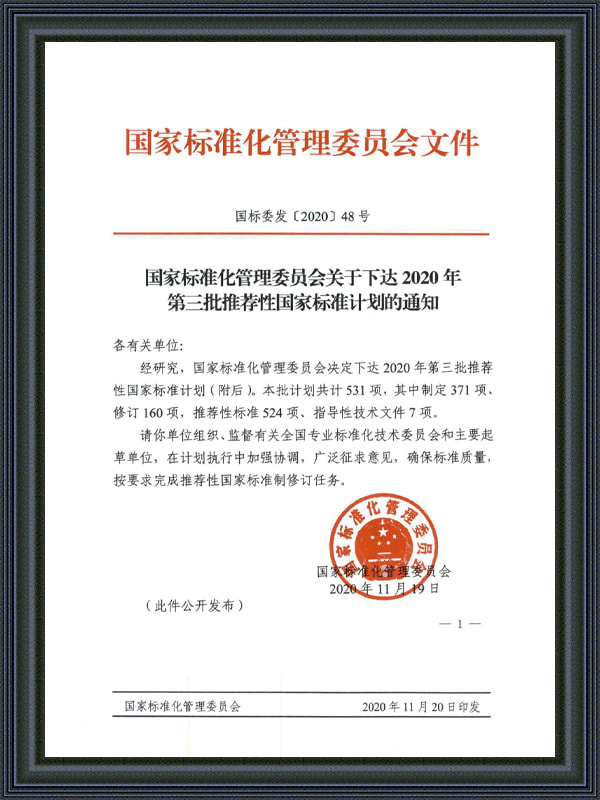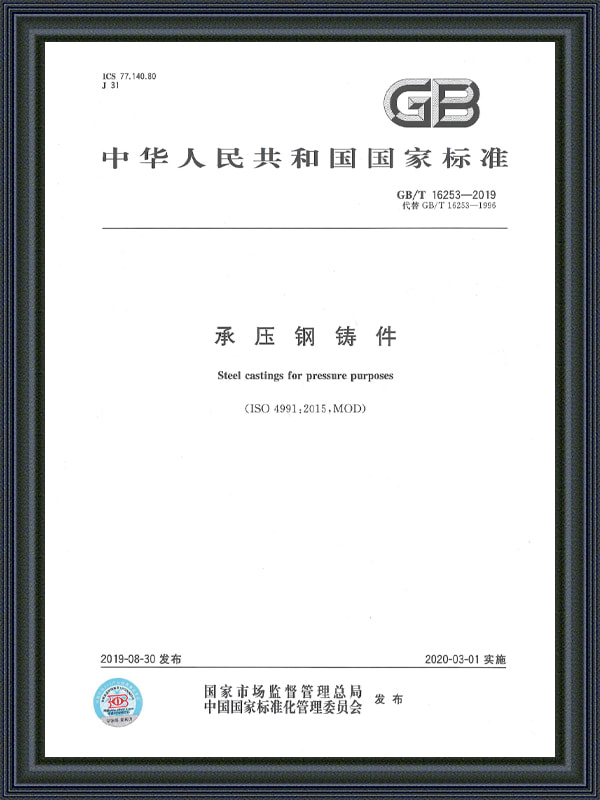Application of heat-resistant steel pallet castings in industrial furnaces
As a thermal equipment widely used in industrial production, industrial furnaces play a key role in many industries such as steel, metallurgy, machinery manufacturing, and chemical industry. During the operation of industrial furnaces, the internal high temperature environment places strict requirements on the materials carried and the components involved in the process. Heat-resistant steel pallet castings have become an indispensable and important component in industrial furnaces with their excellent high temperature resistance, oxidation resistance, and thermal fatigue resistance, which profoundly affects the operating efficiency, product quality, and service life of industrial furnaces.
Performance requirements of industrial furnaces for pallet castings
High temperature resistance
The operating temperature range of industrial furnaces is extremely wide, ranging from a few hundred degrees Celsius to more than 1500℃. For example, in steel forging heating furnaces, the temperature often needs to be maintained at 1200-1300℃ to meet the needs of steel shaping processing; and in some special ceramic firing furnaces, the temperature can even reach 1600℃. This requires that heat-resistant steel pallet castings should not only not melt and deform at such high temperatures, but also maintain sufficient strength to ensure stable material carrying.
Anti-oxidation performance
Under high temperature environment, the oxidizing atmosphere in the furnace is active, and the tray castings are very easy to react with oxygen to generate oxides. If the oxide layer continues to thicken, it will not only affect the service life of the tray, but also may cause oxides to peel off and mix into the material, which will seriously affect the product quality. For example, in non-ferrous metal smelting furnaces, metal vapor combines with oxygen to aggravate the oxidation corrosion on the surface of the tray. Therefore, the tray castings need to have good anti-oxidation ability to withstand this harsh environment.
Thermal fatigue resistance
During the operation of industrial furnaces, frequent heating and cooling operations will cause the tray castings to undergo drastic temperature changes. Thermal expansion and contraction cause alternating thermal stress inside the castings, which is easy to cause fatigue cracks under long-term action and reduce the reliability of the castings. Taking a heat treatment furnace with periodic operation as an example, the tray undergoes a thermal stress cycle every time the furnace is opened for heating and stopped for cooling. This requires the tray castings to have excellent thermal fatigue resistance to ensure that they can still work normally after multiple thermal cycles.
Material characteristics of heat-resistant steel tray castings
Common heat-resistant steel materials
Chromium-based heat-resistant steel: such as the Cr13 series. The addition of chromium elements can form a dense chromium oxide protective film on the steel surface, effectively improving the oxidation resistance and high-temperature strength of the steel. In industrial furnace environments where the temperature does not exceed 800°C, it has a good cost-effectiveness and is widely used in the manufacture of trays for some small heat treatment furnaces.
Chromium-nickel-based heat-resistant steel: Typical examples include 310S (0Cr25Ni20), which contains a high proportion of chromium (24 - 26%) and nickel (19 - 22%). This alloy composition gives it excellent high-temperature resistance and can withstand high temperatures of 1100 - 1200°C. At the same time, it maintains good toughness and creep resistance at high temperatures. It is often used in large high-temperature industrial furnaces, such as glass melting furnaces and large forging heating furnace trays.
Nickel-based alloys: For example, Inconel 600, the nickel content is as high as about 72%. Nickel-based alloys have excellent high-temperature comprehensive properties, including high strength, good oxidation resistance and thermal corrosion resistance. They can work stably in extremely high temperature environments above 1200°C and are often used in the manufacture of tray castings for high-end industrial furnaces such as high-temperature alloy melting furnaces in the aerospace industry.
Effect of alloying elements on performance
Chromium (Cr): Improves the oxidation resistance of steel, forms a stable chromium oxide film, and prevents oxygen from further diffusing inward. Chromium can also solid-solution strengthen the matrix and improve the high-temperature strength of steel. As the chromium content increases, the oxidation resistance temperature range and strength of steel are significantly improved.
Nickel (Ni): Expands the austenite phase region, allowing the steel to maintain a single-phase austenite structure at high temperatures, thereby improving the toughness and thermal fatigue resistance of the steel. Nickel and chromium work synergistically to further enhance the oxidation resistance and corrosion resistance of steel and improve the processing performance of steel.
Molybdenum (Mo): Can improve the high-temperature strength and creep resistance of steel. At high temperatures, molybdenum atoms fill the lattice gaps, hinder dislocation movement, and effectively inhibit high-temperature deformation of steel. At the same time, molybdenum can also enhance the corrosion resistance of steel in corrosive atmospheres such as sulfur.
Design and manufacturing process of heat-resistant steel tray castings
Key points of structural design
Reasonable load-bearing structure: According to the weight, shape and distribution characteristics of the materials in the industrial furnace, the structural form of the tray is designed to ensure that the tray can be evenly stressed when carrying the materials to avoid stress concentration. For example, for large block materials, a flat tray structure with reinforcing ribs is used; for granular or powdered materials, a tray with a certain slope and discharge port is designed to facilitate material loading and unloading and cleaning.
Consider thermal expansion factors: Since the tray will expand thermally in a high temperature environment, reasonable expansion space and compensation structure must be reserved during design. For example, expansion joints and flexible connections are used to allow the tray to deform freely when it expands due to heat to prevent the casting from cracking due to excessive thermal stress.
Casting process selection
Sand casting: Low cost, suitable for the production of heat-resistant steel tray castings with complex shapes and large sizes. By reasonably designing the sand mold structure and pouring system, the solidification process of the casting can be effectively controlled and casting defects can be reduced. However, the surface quality of sand castings is relatively low, and the dimensional accuracy is limited.
Investment casting: It can produce castings with high dimensional accuracy and good surface quality, especially suitable for manufacturing heat-resistant steel tray castings with complex shapes and thin walls. During the investment casting process, the solidification sequence of the casting is easy to control, and densely organized castings can be obtained, which improves the mechanical properties of the castings. However, the process cost is high and the production cycle is long.
Lost foam casting: It has the advantages of simple process, high casting accuracy, and no flash burrs. During the casting process of lost foam casting, the pattern gasifies and disappears, avoiding the damage to the casting by demolding in traditional casting. It has unique advantages for some heat-resistant steel tray castings with complex structures and difficult to demold. However, lost foam casting has high requirements for coating and pouring process, otherwise it is easy to produce defects such as pores.
Heat treatment process
Solution treatment: For austenitic heat-resistant steel tray castings such as chromium-nickel heat-resistant steel, solution treatment is the key heat treatment process. By heating the casting to a high temperature, the alloy elements are fully dissolved in the austenite, and then rapidly cooled to obtain a uniform austenite structure, thereby improving the strength, toughness and corrosion resistance of the casting.
Aging treatment: Some heat-resistant steels are aging treated after solution treatment, which can precipitate a dispersed strengthening phase in the matrix, further improving the high-temperature strength and creep resistance of the casting. The aging temperature and time need to be precisely controlled according to the specific material and performance requirements.

 English
English русский
русский Deutsch
Deutsch 中文简体
中文简体 +86-15861061878
+86-15861061878







